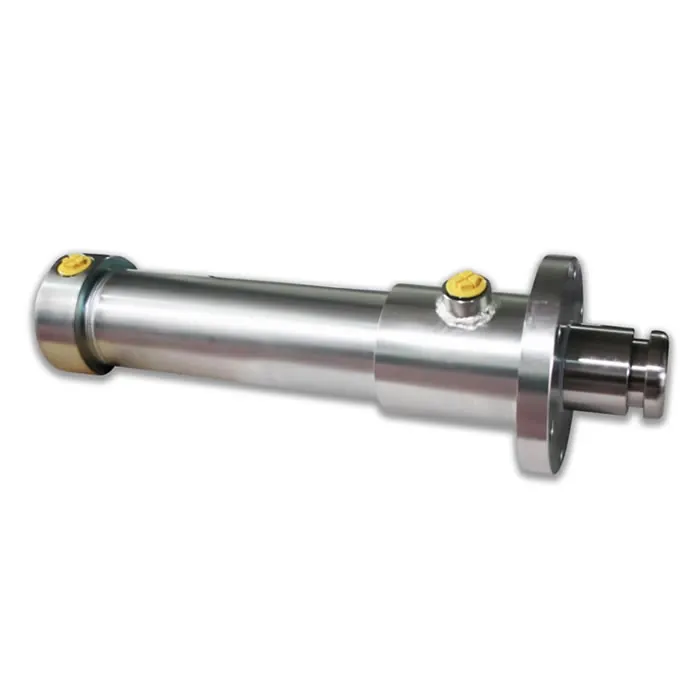Cost Estimation for Hydraulic Cylinder Rebuild: Factors to Consider
Introduction:
Rebuilding a hydraulic cylinder is a common practice in industries relying on hydraulic systems.
It involves disassembling, inspecting, repairing, or replacing worn-out components, and reassembling the cylinder to restore its functionality.
However, determining the cost of rebuilding a hydraulic cylinder involves several factors that need careful consideration.
Key Factors Influencing Cost Estimation:
Cylinder Size and Type:
The size and type of the hydraulic cylinder significantly impact the cost of rebuilding.
Larger cylinders with complex designs may require more extensive repairs or replacements, thereby increasing the overall cost.
Condition Assessment:
A thorough inspection of the cylinder's condition is crucial for accurate cost estimation.
Assessing the extent of wear and damage helps in identifying the necessary repairs or replacements, which directly influence the cost.
Component Replacement:
The cost of components such as seals, rods, pistons, glands, and bearings varies based on their quality, material, and specifications.
Replacing these components can constitute a significant portion of the total rebuilding cost.
Machining and Labor Costs:
Machining processes, including honing, grinding, and polishing, may be required to restore the cylinder's surfaces to their original specifications.
Additionally, labor costs for skilled technicians involved in disassembly, assembly, and testing contribute to the overall cost.
Specialized Services:
Depending on the cylinder's condition, specialized services such as welding, plating, or metallurgical analysis may be necessary,
adding to the cost of rebuilding.
OEM vs. Aftermarket Parts:
Choosing between original equipment manufacturer (OEM) parts and aftermarket alternatives impacts cost.
While OEM parts ensure compatibility and quality, they often come at a higher price.
Aftermarket parts may offer cost savings but require careful consideration of their quality and compatibility.
Transportation and Downtime:
Transportation costs for shipping the cylinder to and from the repair facility,
as well as downtime associated with the cylinder's removal and reinstallation, should be factored into the overall cost estimation.
Warranty and Service Guarantees:
Some repair facilities offer warranties or service guarantees on their workmanship and replaced components.
While this adds to the initial cost, it assures quality and reliability.
Conclusion:
Estimating the cost of rebuilding a hydraulic cylinder requires a comprehensive evaluation of various factors,
including cylinder size, condition assessment, component replacement, machining and labor costs, specialized services, parts selection, transportation,
and warranty considerations.
By carefully considering these factors, businesses can make informed decisions and ensure cost-effective hydraulic cylinder rebuilds tailored to their
specific needs.
Saivs brand
- ZD Hydraulic Directional Control Valves
- Stainless steel high pressure hydraulic cylinder
- Z1S6 Z1S10 Z1S10P Z1S10P1-30/V Rexroth hydraulic Check valve
- AZPT series Rexroth Gear Pumps
- AZPW series Rexroth Gear Pumps
- AZPU series Rexroth Gear Pumps
- Single Mast High Altitude Working Vehicle
- Gear pumps series NSH10M
- Rexroth Throttle and throttle check valve MG MK MK6G MK8G MK10G MK15G MK20G MK25G MK30G
- Sai GM2 Radial Piston Hydraulic Motor for Rail Machinery Piston Motor
